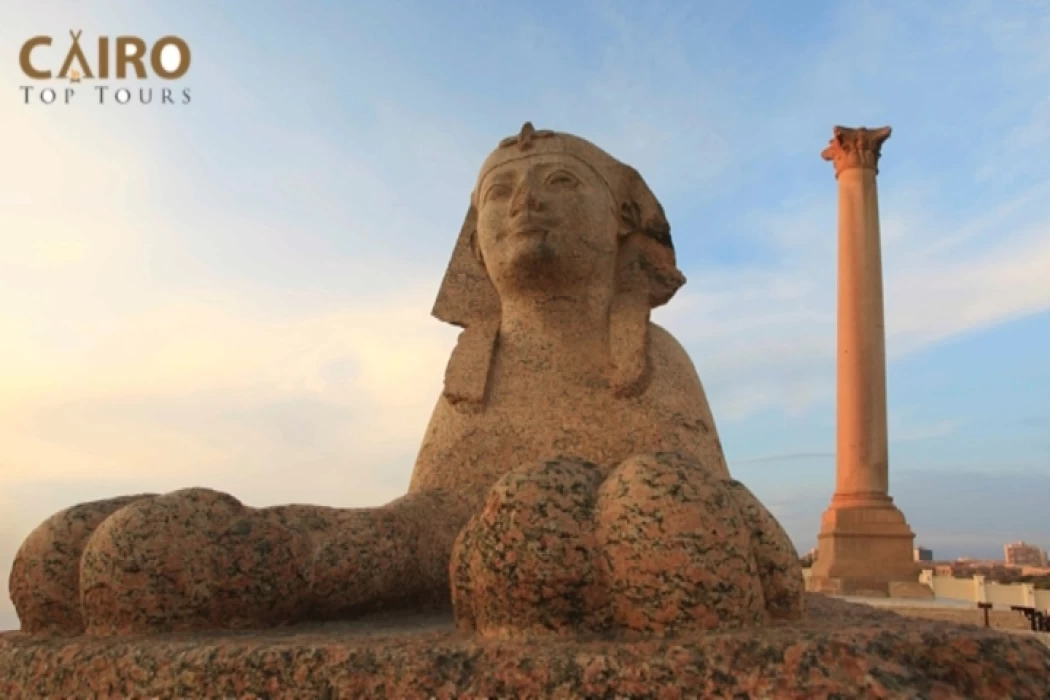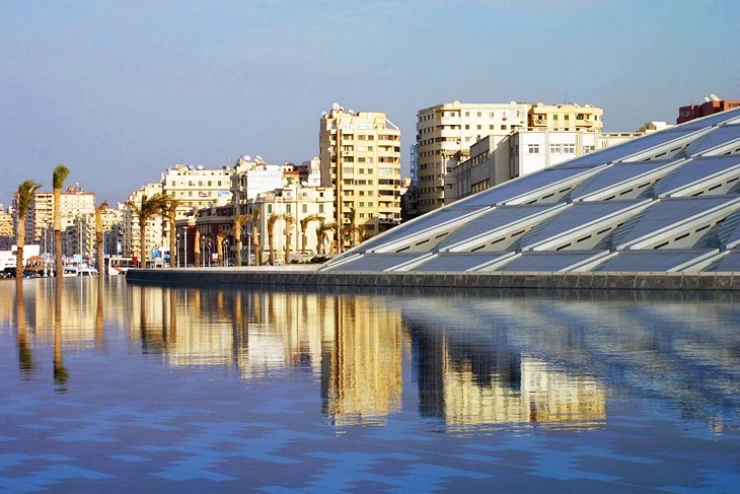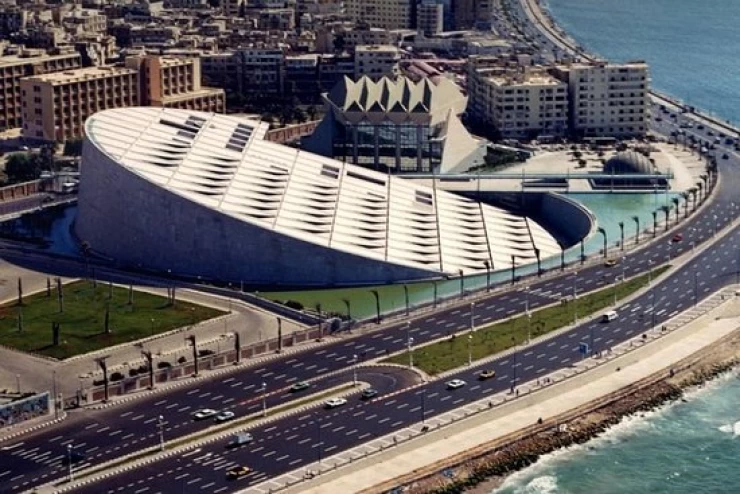
Pompey's Pillar
The Pompey Pillar, an ancient Roman triumphal column located in Alexandria, Egypt, is a monumental testament to the grandeur of Roman architecture. Erected in 297 AD by the Roman governor, Gaius Pompeius Falco, the column was dedicated to the Emperor Diocletian. It stands approximately 25 meters (82 feet) tall and is constructed from red granite, featuring intricate carvings and a Corinthian capital.
Historical Context
Despite its name, the Pompey Pillar has no direct connection to the Roman general Pompey the Great. The misnomer originated from medieval times when local legends erroneously attributed the monument to Pompey. The true historical context is tied to Diocletian's efforts to restore stability to the Roman Empire after a period of crisis and turmoil.
Architecture
The column is notable for its impressive height and the quality of its construction. It is topped by a beautifully carved capital adorned with acanthus leaves, typical of Corinthian design. The base of the column is square, with inscriptions in Greek that commemorate Diocletian's rule and his actions to benefit Alexandria.
Significance and Legacy
The Pompey Pillar is an important symbol of Roman authority and architectural prowess in Alexandria, which was a major cultural and economic hub of the ancient world. It stands as one of the few remaining examples of Roman monumental architecture in Egypt. Its preservation and prominence offer valuable insights into Roman engineering techniques and urban planning.
Modern-Day Status
Today, the Pompey Pillar is a key archaeological and tourist site. It remains a striking reminder of Alexandria's rich historical tapestry and the enduring influence of Roman civilization in the region. The column is part of the larger archaeological complex that includes other significant ruins, such as the Serapeum of Alexandria.
In summary, the Pompey Pillar is a remarkable relic of Roman architectural achievement and a significant historical landmark that continues to capture the imagination of visitors and scholars alike.


















